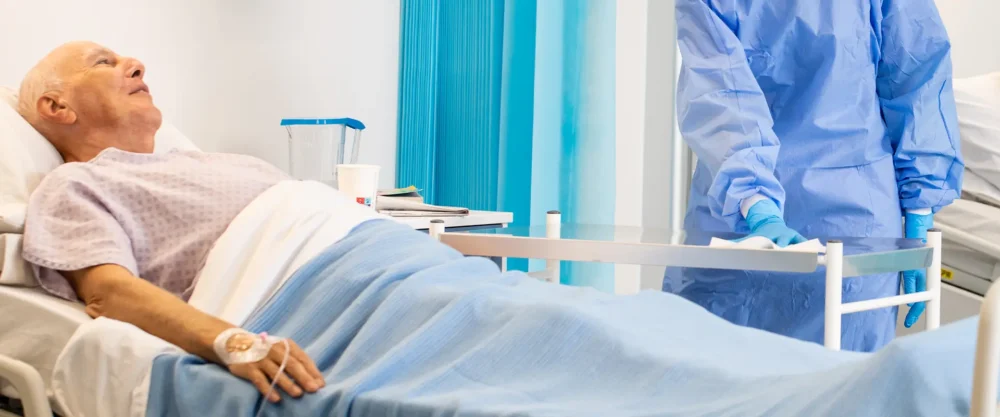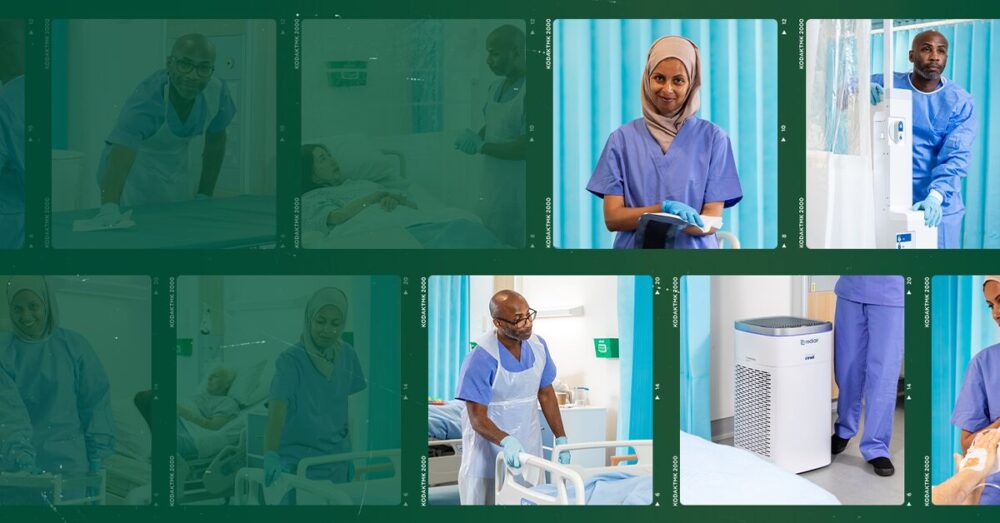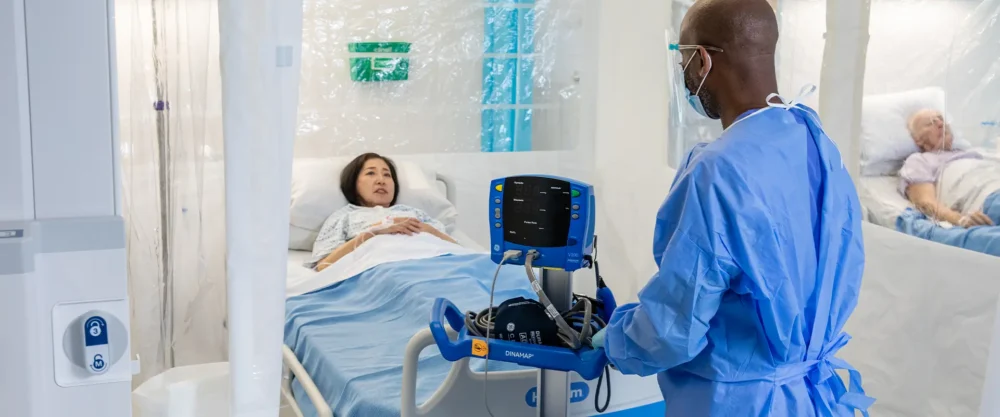Posted
27th September 2023
Research
The most routine of tasks in a healthcare setting can serve as a potential risk of transmission. The use of any shared equipment increases that risk of transmission, which highlights the crucial role decontaminating surfaces and equipment before use plays in reducing healthcare-associated infections.
Healthcare settings serve as a breeding ground for microorganisms and potentially harmful pathogens, with surfaces acting as potential reservoirs. Even surfaces and equipment that appear clean can harbor detrimental pathogens, facilitating their transfer to patients, residents and healthcare workers. This transmission of pathogens significantly contributes to the incidence of healthcare-associated infections (HAIs) and contamination of equipment used every day in healthcare for the simplest of procedures have been proven to harbor harmful pathogens and act as a source of HAIs (e.g., blood pressure cuffs and ECG cables).
Often, the trust placed in fellow healthcare workers is implicit, particularly when using shared equipment. The assumption that equipment has been cleaned after each use with a patient or resident is fraught with the risk of transmission of pathogens. Ensuring equipment is decontaminated before use eliminates this risk. Preventing healthcare-associated infections requires a multifaceted approach, wherein environmental decontamination before procedures stands as a guiding principle. This strategic effort can be effectively complemented by training initiatives and routine audits.

The amalgamation of these endeavours mirrors the essence of the ‘Moments that Matter’ campaign, fostering a collaborative commitment towards preserving patient and resident health and upholding stringent infection prevention standards.
For further information, we invite you to explore our campaign, IPC ‘Moments that Matter’, where you can find valuable resources. Find out more here >
References
Lestari, T., Ryll, S., & Kramer, A. (2013). Microbial contamination of manually reprocessed, ready to use ECG lead wire in intensive care units. GMS Hygiene and Infection Control, 8(1), Doc07. https://doi.org/10.3205/dgkh000207
Zimmerman, P.-A., Browne, M., & Rowland, D. (2018). Instilling a culture of cleaning: Effectiveness of decontamination practices on non-disposable sphygmomanometer cuffs. Journal of Infection Prevention, 19(6), 294–299. https://doi.org/10.1177/1757177418780997
SHARE THIS ARTICLE
Tags
Latest News
Can patient and resident hand hygiene be part of the solution to preventing infections?
The importance of practising proper hand hygiene is widely considered…
Confronting the hidden threat of C. diff
The power of effective surface decontamination The hidden threat of…
Reflections and learnings from International Infection Prevention Week (IIPW)
International Infection Prevention Week shines a spotlight on the crucial…
Access to patient isolation rooms matters
Infection prevention and control is complex and incorporates a whole…



